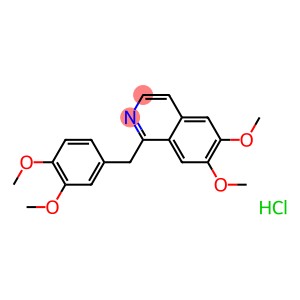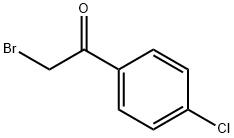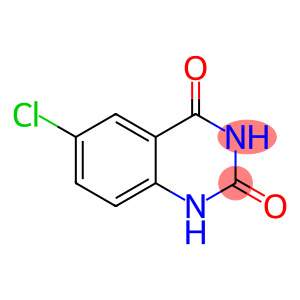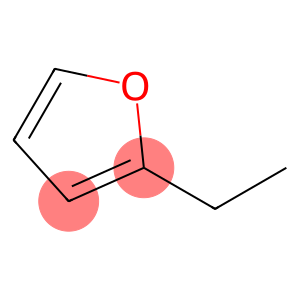Papaverine Hydrochloride(CAS#61-25-6)
| Risk Codes | R22 – Harmful if swallowed R34 – Causes burns R11 – Highly Flammable |
| Safety Description | S22 – Do not breathe dust. S45 – In case of accident or if you feel unwell, seek medical advice immediately (show the label whenever possible.) S36/37/39 – Wear suitable protective clothing, gloves and eye/face protection. S26 – In case of contact with eyes, rinse immediately with plenty of water and seek medical advice. S16 – Keep away from sources of ignition. |
| UN IDs | UN 1544 6.1/PG 3 |
| WGK Germany | 1 |
| RTECS | NW8575000 |
| FLUKA BRAND F CODES | 8 |
| TSCA | Yes |
| HS Code | 29391900 |
| Hazard Class | 6.1 |
| Packing Group | III |
| Toxicity | LD50 in mice, rats (mg/kg): 27.5, 20 i.v.; 150, 370 s.c. (Levis) |
Papaverine Hydrochloride(CAS#61-25-6)
Papaverine hydrochloride, CAS number 61-25-6, is an important compound in the pharmaceutical field.
From the point of view of chemical properties, it is the hydrochloride form of papaverine, and the chemical structure determines its properties. The arrangement of atoms and the arrangement of chemical bonds in the molecular structure give it unique stability and reactivity. The appearance is generally white to light yellow crystalline powder, which is conducive to the processing, storage and transportation of drugs. In terms of solubility, it has a moderate solubility in water, and different acid-base environment and temperature conditions will affect its solubility characteristics, which is of key significance for the formulation of drugs, the development of dosage forms, and how to ensure uniform dispersion of drugs when making injections and oral preparations.
In terms of pharmacological efficacy, Papaverine Hydrochloride belongs to the class of smooth muscle relaxants. It mainly acts on the smooth muscle of blood vessels, gastrointestinal tract, biliary tract and other parts, and promotes smooth muscle relaxation by interfering with mechanisms such as intracellular calcium ion transport. Clinically, it is often used to treat ischemia caused by vasospasm, such as headache and dizziness caused by cerebral vasospasm, which can improve local blood circulation; It also has a significant relieving effect on abdominal pain and biliary colic caused by gastrointestinal spasm, reducing the pain of patients.
However, as with most medications, it is important to follow your doctor’s instructions when using them. Due to the different physical functions and underlying diseases of individual patients, doctors need to comprehensively measure the patient’s age, liver and kidney function, other drugs being taken and other factors, and accurately determine the dose, route of administration and course of medication, so as to ensure that the medication is safe and effective, and help the patient recover. With the progress of scientific research, research and development of new dosage forms and optimization of combination drugs around it are also heating up.







![2-(Chloromethyl)[1,3]oxazolo[4,5-b]pyridine(CAS#110704-34-2)](https://www.xinchem.com/uploads/oxazolopyridine.png)